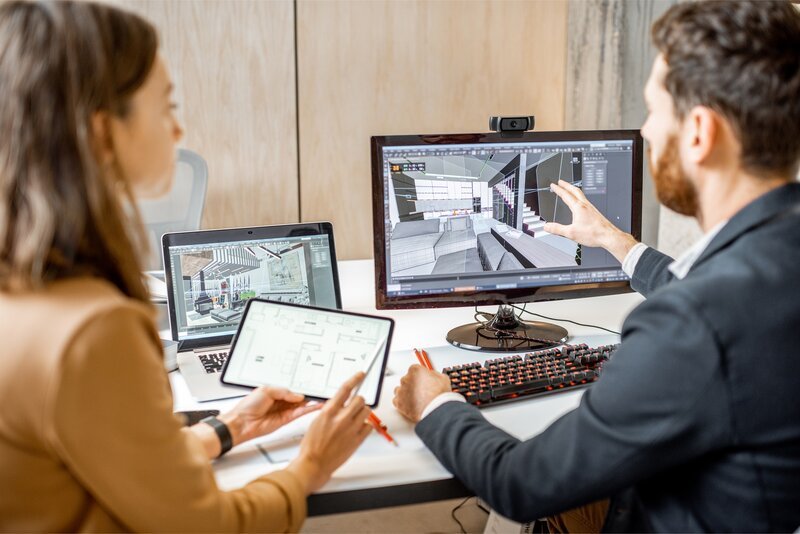The Role of Revit BIM Software in Modern Architecture

Designed by Autodesk, Revit, a Building Information Modeling (BIM) technology, has grown to be a vital instrument in contemporary architectural design. It helps builders to create, organize, and maximize their designs so that they may produce creative and effective projects. With revit bim software, architects can create sustainable, innovative designs while optimizing workflows, enhancing visualization, and streamlining communication among project stakeholders. The main functions Revit serves in modern architecture are shown here.
Simplifying Design and Cooperation
Working on a single platform, Revit helps builders, engineers, and architects to create smooth cooperation. Its central database guarantees everyone is on the same page by letting team members view and change project details in real time, hence lowering mistakes. This cooperative aspect guarantees the flawless implementation of challenging architectural projects.
Improved Design Accuracy and Visualization
Revit’s 3D modeling tools are among its best features since they let builders really see their projects. These lifelike models help stakeholders to better grasp the project, spot possible problems, and guide their decisions. Revit also guarantees design accuracy by means of parametric modeling, which automatically changes corresponding components upon a modification.

Effective Workflow and Documenting
Floor plans, sections, elevations, and schedules are among the building documents Revit automatically generates. These dynamically linked to the BIM model guarantees that changes to the design are shown throughout all the documentation. By means of automation, time is saved and the possibility of construction process irregularities is lowered.
Design sustainability
Revit helps sustainability, which modern architecture stresses using its energy analysis tools. By selecting sustainable materials, maximizing energy efficiency, and assessing the environmental impact of their projects, architects can This capacity lowers the carbon footprint of a project and fits world trends in green construction.
Budget and Resource Efficiency
Accurate cost estimate and material takeoff tools from Revit help architects to properly handle budgets. Revit reduces waste and guarantees that projects are completed on schedule and under budget by modeling building techniques and examining resource needs.
By improving cooperation, accuracy, and efficiency, Revit BIM tools have changed contemporary architecture. Its sophisticated capabilities enable builders to create sustainable designs, innovate, and satisfy industry needs as they develop. Revit is still the pillar in determining the direction of building design as architecture develops. The revit bim software revolutionizes architectural design by enabling precise 3D modeling, real-time collaboration, and efficient documentation, ensuring seamless project execution from concept to construction.










